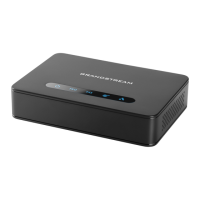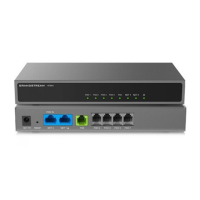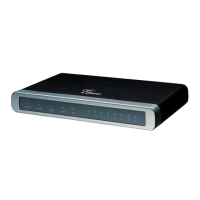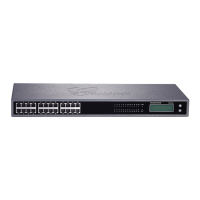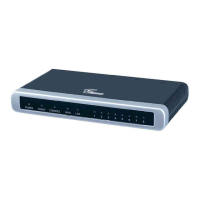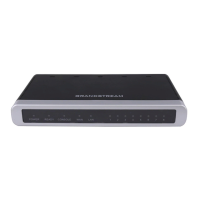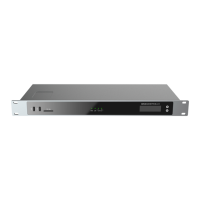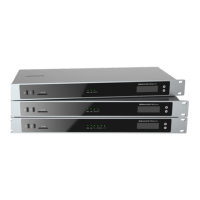OnHook DC Feed Current This feature is used to adjust DC feed current.
Call Settings
Offhook Auto-Dial Delay
Sets the delay time before automatic dialing begins after going off-hook on an FXO port.
Range is 0-60 seconds, default is 0
No Key Entry Timeout Initiates the call within this time interval if no additional key entry during dialing stage. Default is 4 seconds.
Early Dial
Sends an early INVITE each time a key is pressed when a user dials a number. Otherwise, only one INVITE is
sent after full number is dialed (user pressesDial Keyor after “no key entry timeout” expires).
This option should be used only if there is a SIP proxy is congured and supporting “484 Incomplete Address”
responses. Otherwise, the call will likely be rejected by the proxy (with a 404 Not Found error). Default isNo.
This feature is NOT designed to work with and should NOT be enabled for direct IP-to-IP calling.
Dial Plan Prex Adds specied prex to dialed number.
Dial Plan
Dial Plan Rules:
1. Accept Digits: 1,2,3,4,5,6,7,8,9,0 , *, #, A,a,B,b,C,c,D,d
2. Grammar:x– any digit from 0-9;
a. xx+– at least 2 digits number;
b. xx– exactly 2 digits number;
c. ^– exclude;
d. .– wildcard, matches one or more characters
e. [3-5]– any digit of 3, 4, or 5;
f. [147]– any digit 1, 4, or 7;
g. <2=011>– replace digit 2 with 011 when dialing
h. <=1>– add a leading 1 to all numbers dialed, vice versa will remove a 1 from the number dialed
i. |– or
j. Flag T when adding a “T” at the end of the dial plan, the phone will wait for 3 seconds before dialing out. This
gives users more exibility on their dial plan setup. E.g. with dial plan 1XXT, phone will wait for 3 seconds to let
user dial more than just 3 digits if needed. Originally the phone will dial out immediately after dialing the third
digit.
Example 1:{[369]11 | 1617xxxxxxx} –
Allow 311, 611, 911, and any 10-digit numbers of leading digits 1617
Example 2:{^1900x+ | <=1617>xxxxxxx} –
Block any number with leading digits 1900 and add prex 1617 for any dialed 7-digit numbers
Example 3:{1xxx[2-9]xxxxxx | <2=011>x+} –
Allow any length of number with leading digit 2 and 10 digit-numbers of leading digit 1 and leading exchange
number between 2 and 9; If leading digit is 2, replace leading digit 2 with 011 before dialing.
1. Default: Outgoing – { x+ | +x+ | *x+ | *xx*x+ }
Example of a simple dial plan used in a Home/Oce in the US:
{ ^1900x. | <=1617>[2-9]xxxxxx | 1[2-9]xx[2-9]xxxxxx | 011[2-9]x. | [3469]11 }
Explanationof example rule (reading from left to right):
^1900x. –prevents dialing any number started with 1900
<=1617>[2-9]xxxxxx –allows dialing to local area code (617) numbers by dialing 7 numbers and 1617 area
code will be added automatically
1[2-9]xx[2-9]xxxxxx –allows dialing to any US/Canada Number with 11 digits length
011[2-9]x. –allows international calls starting with 011
[3469]11 –allow dialing special and emergency numbers 311, 411, 611 and 911
Note:In some cases, user wishes to dial strings such as *123 to activate voice mail or other application
provided by service provider. In this case * should be predened inside dial plan feature. An example dial plan
will be:{ *x+ }which allows the user to dial * followed by any length of numbers.
Use # as Dial Key
Treats “#” as the “Send” (or “Dial”) key. If set to “No”, this “#” key can be included as part of the dialed number.
Default is Yes.
Disable # as Redial Key
Disables # to act as Redial key. If set to “Yes” and feature “Use # as Dial Key” set to Yes, the # key will act as
dial key but not as redial key. Default is No.
RFC2543 Hold Toggles between RFC2543 hold and RFC3261 hold. RFC2543 hold allows to disable the hold music sent to the
other side, in this case IP address (0.0.0.0) it will be sent in SDP instead of the IP address of the unit .

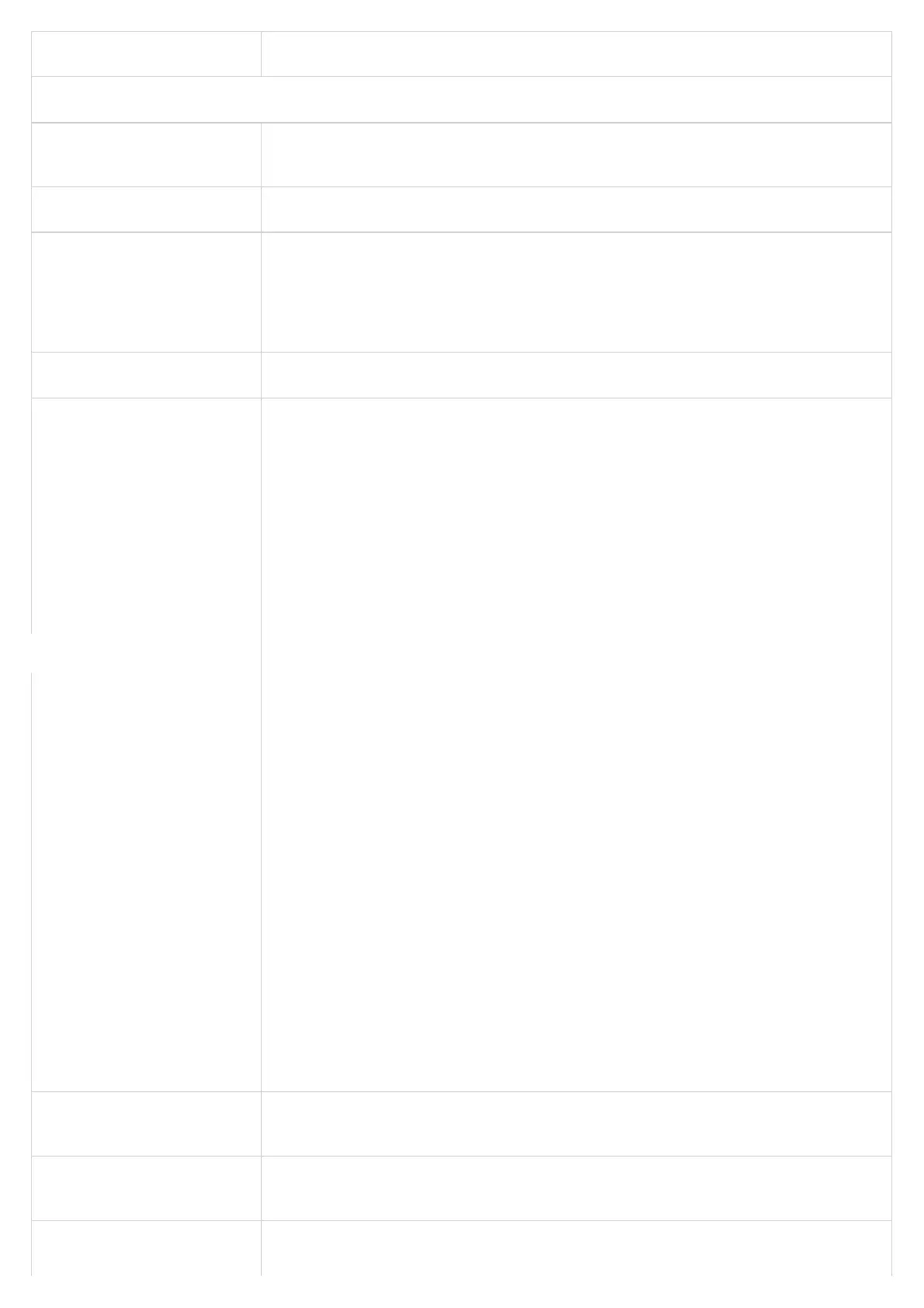